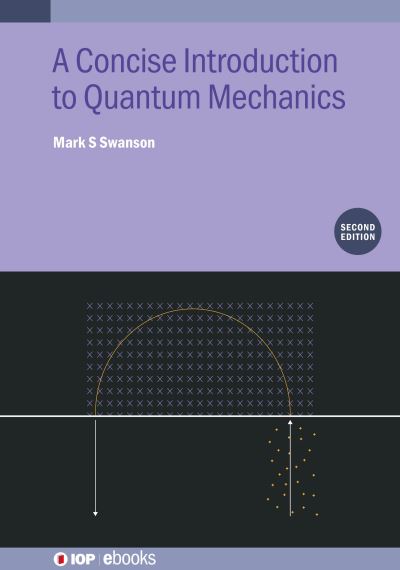
This extended and updated second edition course text presents a logical and concise introduction to the basic concepts, applications, and physical meaning of quantum mechanics. An initial review of classical mechanics and electromagnetism provides the reader with the context for quantum mechanics. Starting with atomic level experimental results, the probabilistic nature of quantum mechanics is derived, with the wave function related to the statistical theory of random variables. Applying the requirement of Galilean invariance yields the Schrodinger equation, and the Copenhagen interpretation of the wave function is discussed. After numerous basic applications of wave mechanics, including the hydrogen atom and the harmonic oscillator, the text then presents Dirac notation and Hilbert space theory. New chapters discuss perturbation theory, path integrals, scattering theory, and quantum entanglement.
Key Features
| ISBN: | 9780750356619 |
| Publication date: | 30th October 2023 |
| Author: | Mark S Swanson |
| Publisher: | IOP Publishing an imprint of Lightning Source |
| Format: | Hardback |
| Pagination: | 420 pages |
| Series: | IOP Ebooks |
| Genres: |
Quantum physics (quantum mechanics and quantum field theory) |